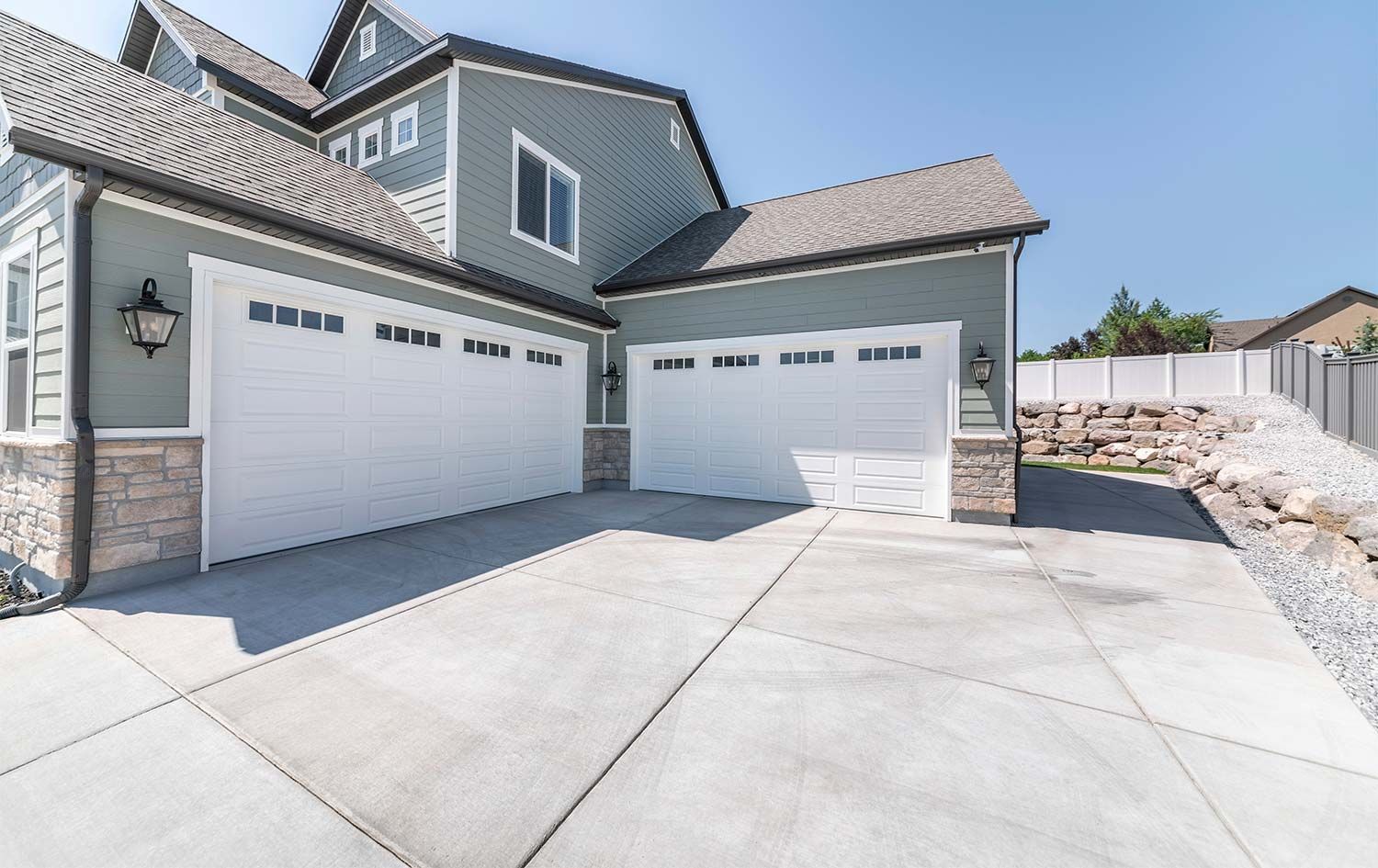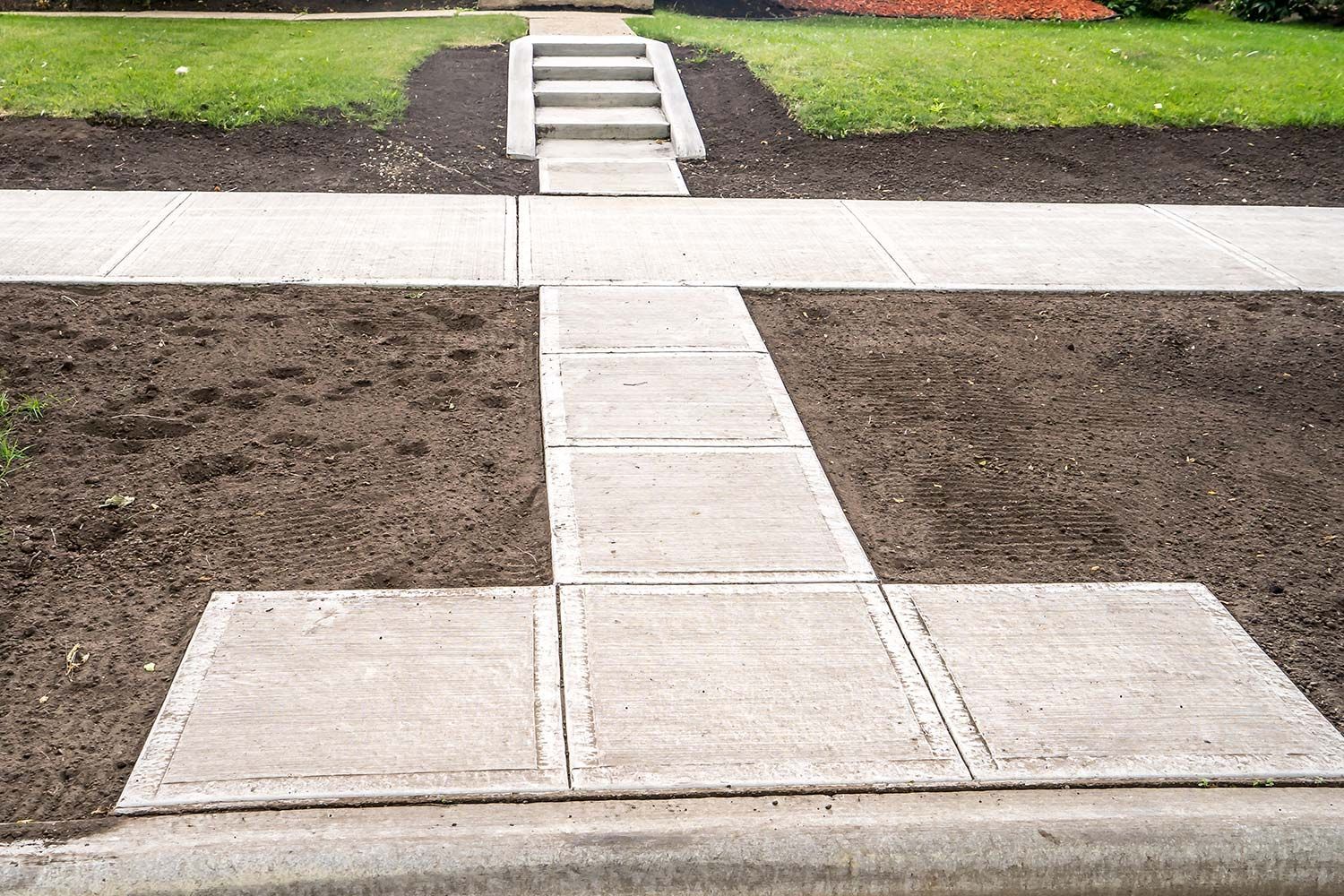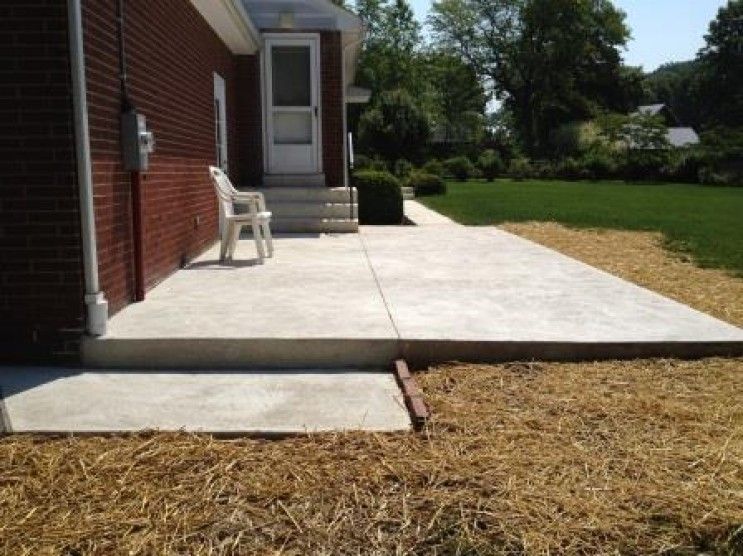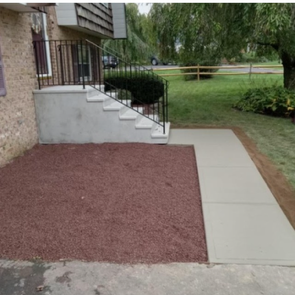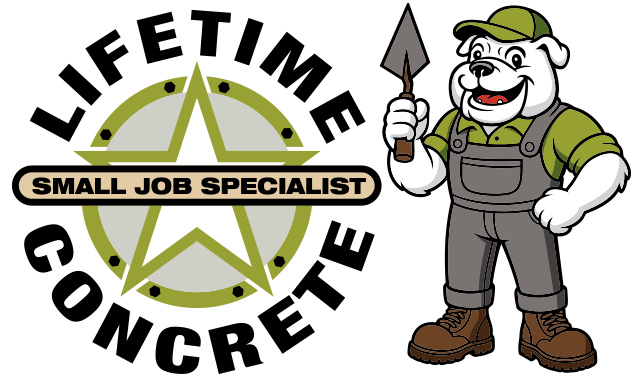The Ultimate Guide to Low-Maintenance Concrete Solutions for Your Home

What if you could have stunning, durable outdoor surfaces without spending every weekend on upkeep? It sounds like a dream, but with concrete, it's a reality. When homeowners look for materials that offer the best mix of style, strength, and simplicity, concrete consistently comes out on top. It’s a workhorse that, with a little know-how, can look fantastic for decades.
If you love the idea of beautiful patios, walkways, and driveways but dread the thought of constant maintenance, you're in the right place. This guide will walk you through just how easy it is to care for your concrete surfaces. We’ll share simple tips for cleaning, sealing, and extending the life of your investment, so you can spend less time working and more time enjoying your home.
Fun Fact: Modern concrete is incredibly resilient, but some ancient Roman concrete structures have survived for over 2,000 years, even submerged in seawater! Roman engineers created a unique mix using volcanic ash that actually grew stronger over time when exposed to the elements.
Why is Concrete So Low-Maintenance?
Before we get into the "how," let's talk about the "why." What makes concrete such a hassle-free choice for your home?
It comes down to its core properties. Concrete is a solid, dense mass, unlike pavers that have joints where weeds can grow or wood that is susceptible to rot and insects. Once cured, it forms a tough surface that can handle heavy foot traffic, vehicle weight, and whatever weather comes its way.
- Strength in Solidarity: A single, solid surface means no gaps for weeds or moss to take root.
- Weather Resistance: Concrete stands up to rain, snow, and sun without warping, rotting, or fading like other materials.
- Incredible Durability: It resists scratches, scuffs, and impacts from daily life, from kids' bikes to dropped tools.
This inherent toughness means that your main job isn't constant repair, but simple, occasional cleaning and protection.
Your Simple Concrete Care Toolkit
Caring for your concrete doesn’t require a garage full of specialized equipment. For most homeowners, a few basic items are all you need to keep your surfaces in top shape.
Here’s what you’ll need:
- A stiff-bristled broom
- A garden hose with a spray nozzle
- A pressure washer (optional, but very helpful)
- A mild, pH-neutral cleaner or a dedicated concrete cleaner
- A concrete sealer and a roller or sprayer for application
With these tools on hand, you’re ready to tackle almost any cleaning task.
Did You Know? The white, powdery stains you sometimes see on new concrete or brick are called efflorescence. It’s just salt deposits left behind as water evaporates from the slab. While it looks concerning, it's usually harmless and can be easily removed with a stiff brush and water.
The Three Pillars of Easy Concrete Maintenance
Maintaining your concrete surfaces boils down to three simple steps: Cleaning, Sealing, and Preventing.
1. Routine Cleaning: A Little Goes a Long Way
The most effective way to keep your concrete looking fresh is with regular, light cleaning. Don’t let dirt and grime build up over years.
- Sweeping: Make it a habit to sweep your concrete driveway, patio, and walkways every few weeks. This removes loose dirt, leaves, and debris that can stain the surface or become abrasive underfoot.
- Rinsing: A quick rinse with a garden hose can wash away surface dust and pollen, instantly brightening the look of your concrete.
- Spot Treating: Spills happen. Whether it's oil from a car, grease from the grill, or a spilled drink, it’s best to clean it up as soon as possible. Use an absorbent material like cat litter for oily spills, then scrub the spot with a degreaser or concrete cleaner.
Quick Tip: For stubborn organic stains like mildew or algae, a solution of one part oxygen bleach to three parts water can work wonders. Unlike chlorine bleach, it’s less harsh on the concrete and safer for surrounding plants.
2. Sealing: Your Concrete's Best Defense
If you do only one thing for long-term maintenance, make it this. Applying a quality concrete sealer is like putting sunscreen on your skin or wax on your car—it provides a protective barrier against the elements.
A good sealer will:
- Prevent water, oil, and other liquids from penetrating the surface.
- Protect against stains, freeze-thaw cycles, and UV damage.
- Enhance the color and finish of your concrete.
Applying sealer is a straightforward process. After thoroughly cleaning and drying the concrete, you can apply the sealer using a roller or a pump sprayer. For best results, follow the product's instructions carefully.
Pro Tip: How often should you seal your concrete? It depends on the type of sealer and the amount of traffic the surface gets. A good rule of thumb is to reseal high-traffic areas like driveways every 2-3 years and patios or walkways every 3-5 years.
3. Prevention: An Ounce of Prevention is Worth a Pound of Cure
The easiest maintenance is the kind you never have to do. By taking a few preventative steps, you can avoid common issues.
- Use Mats: Place doormats at entryways to reduce the amount of dirt and grit tracked onto your concrete surfaces.
- Lift, Don't Drag: Avoid dragging heavy furniture or equipment across your patio or driveway, which can cause scratches.
- Be Mindful of Chemicals: De-icing salts containing ammonium nitrates or ammonium sulfates can damage concrete. Opt for products labeled as safe for concrete, such as those with calcium chloride.
When to Call in the Pros
While routine maintenance is simple, some jobs are best left to experts. For deep cleaning, complex repairs, or initial installations, a professional contractor has the right equipment and experience. If you’re considering a new project, a team like Lifetime Concrete can ensure your surface is properly installed and finished from the start, setting you up for decades of low-maintenance enjoyment. A professional installation is the first and most important step in ensuring a long-lasting, durable surface. The experts at Lifetime Concrete specialize in creating high-quality surfaces built to withstand the test of time.
Investing in a well-built concrete surface is an investment in your home’s value and your own free time. With these simple tips, you can ensure that investment stays beautiful for years to come.
Frequently Asked Questions
What is the best way to deep clean a concrete driveway?
The best way to deep clean a concrete driveway is with a pressure washer. It can effectively remove most ground-in dirt, grime, and stains. Start with a low-pressure setting and use a fan-tip nozzle to avoid damaging the surface. For tough oil or grease stains, pre-treat the area with a concrete degreaser before pressure washing for the most effective results.
Can you change the color of existing concrete?
Yes, you can! If your plain gray concrete is looking a bit dull, you have options. Concrete stains are available in a variety of colors and can be applied to existing, cured concrete to give it a rich, translucent new look. This is a great way to refresh an old patio or walkway without replacing it.



